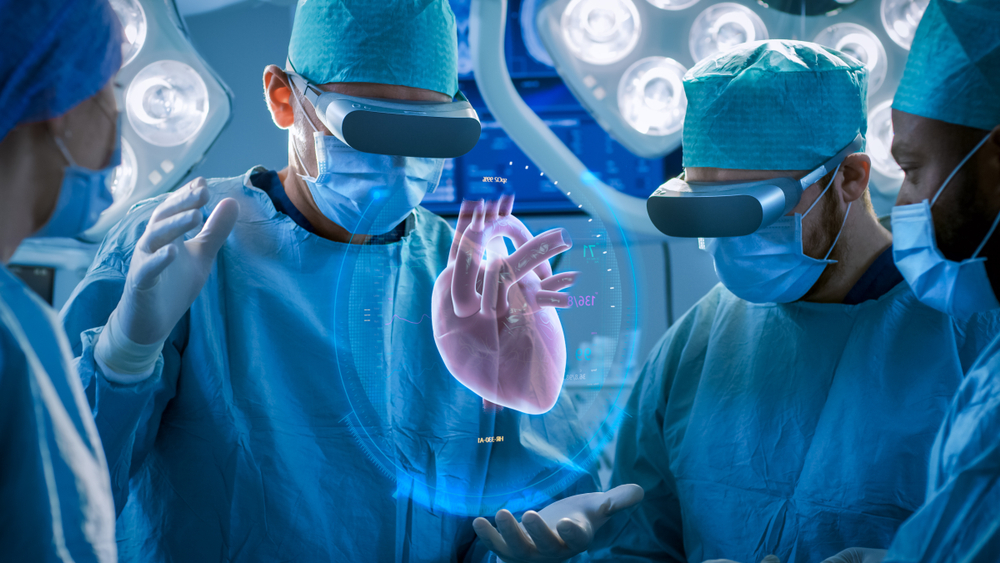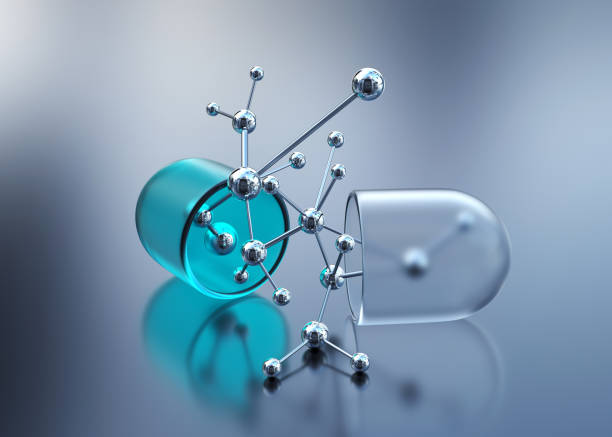The Top 10 New Technologies in the Medical Field
Take an Introduction
As the world of medicine continues to evolve, so do the technologies used to treat patients. From groundbreaking new surgeries to innovative diagnostic methods, there are countless new technologies being developed all the time.
While some of these technologies are still in the testing phase, others are already being used in hospitals and clinics around the world. Here is a list of 10 of the most groundbreaking new technologies in the medical field.
Crispr
You might have heard of CRISPR, which is short for Clustered Regularly Interspaced Short Palindromic Repeats. CRISPR is a new technology that is being used in the medical field to edit genes. This technology has the potential to cure diseases, improve crops, and make other advancements in the medical field.
CRISPR is a new technology that is being used in the medical field to edit genes. This technology has the potential to cure diseases, improve crops, and make other advancements in the medical field.

CRISPR works by using a Cas9 protein to target a specific DNA sequence. Once the Cas9 protein binds to the DNA sequence, it begins to cut the DNA. This process is known as gene editing.
Gene editing with CRISPR is a new way to treat diseases. For example, CRISPR can be used to edit the genes that cause sickle cell disease. By editing these genes, doctors can prevent sickle cell disease from developing or make it less severe.
CRISPR is also being used to develop new treatments for cancer. Cancer cells have different DNA than healthy cells. This means that they can be targeted with CRISPR. By targeting cancer cells with CRISPR, we can kill them without harming healthy cells.
There are many other potential uses for CRISPR. For example, CRISPR could be used to create more resilient crops or to make animals resistant to diseases. The possibilities are endless!
3D Printing in Medicine
You might be familiar with 3D printing from your kids' Legos or maybe you've seen a 3D-printed object at a museum. But did you know that 3D printing is also being used in the medical field?
That's right—3D printing is being used to create prosthetics, implants, and even human tissue. And the best part is that these items can be made specifically for each patient, which means a better fit and a quicker recovery time.
3D-printed prosthetics are already being used by people around the world and they're only going to become more advanced and more common in the years to come. So if you or someone you know is in need of a prosthetic, don't worry—the medical field has got you covered.
Virtual Reality in Healthcare
You might be surprised to hear that virtual reality is starting to be used in healthcare. But it makes sense when you think about it—after all, VR can be used for everything from training medical students to helping people with PTSD.

One of the most promising applications of VR in healthcare is for pain management. A study published in the journal Cyberpsychology, Behavior, and Social Networking found that people who used VR during a painful medical procedure reported less pain than those who didn't.
Researchers think VR is so effective at managing pain because it can distract people from their discomfort and make them feel like they're in a different environment. And while more research needs to be done, there's potential for VR to be used for all kinds of pain management, from childbirth to cancer treatment.
Neurostimulation
fourth on our list is Neurostimulation. This is a treatment that uses electrical stimulation to relieve pain. It's kind of like getting a massage, but the benefits last longer.
The electrical impulses help to block pain signals from reaching the brain. And what's great about this technology is that it can be used to treat a wide variety of conditions, like migraines, arthritis, and even incontinence.
There are a few different types of Neurostimulation, so be sure to talk to your doctor about which one would be right for you. But the bottom line is that this is a safe and effective way to manage pain, and it's something that you should definitely consider if you're looking for relief.
Telemedicine
You might not know this, but telemedicine is actually a really old concept—it was first used in the 1800s to relay medical information over telegraph lines!
But it's come a long way since then, and telemedicine is now used to provide remote patient monitoring, store and transmit patient health data, and for specialist consultation.
One of the great things about telemedicine is that it increases access to care, especially for patients in rural areas who might not be able to see a specialist otherwise. And it's also more convenient for busy people who don't have time to go to the doctor for every little thing.
Telemedicine is still evolving, but it's already making a big impact in the medical field by making healthcare more accessible and convenient for everyone.
AI in Healthcare
You might not know this, but artificial intelligence is already being used in the healthcare industry to help with things like a cancer diagnosis, patient monitoring, and even surgery.
One of the ways AI is being used in healthcare is through the development of medical chatbots. These chatbots are able to have conversations with patients and collect data that can be used to improve their care.

Another way AI is being used in healthcare is through the development of digital health assistants. These assistants are able to provide personalized recommendations and reminders to patients based on their health data.
AI is also being used to develop new drugs and treatments. By using machine learning, researchers are able to identify patterns in data that can lead to the development of new drugs and treatments.
So what does this all mean for the future of healthcare? It means that we can expect to see more AI being used to improve the quality of care that patients receive.
Digital Health Records
You know how every time you go to a new doctor, you have to fill out the same paperwork over and over again? Well, that could all be a thing of the past thanks to digital health records.
With digital health records, your medical history, lab results, and medications are all stored in one place and can be accessed by any healthcare provider that you see. This not only saves you time, but it can also be a lifesaver in an emergency.
Plus, digital health records are more secure than paper records, which means your information is less likely to be lost or stolen. And if there's ever a medical mistake made, it's easier to track down who's responsible and correct the error.
Blockchain in Healthcare
You might be wondering how blockchain, the technology that powers cryptocurrencies like Bitcoin, can be used in healthcare. But it turns out, there are a lot of ways!
One way is that it can be used to store patient health records. The benefit of this is that it would give patients more control over their own data, and it would make it harder for hackers to get access to sensitive information.
.jpg)
Another way blockchain could be used in healthcare is to create a secure system for prescription drugs. This would help to track where the drugs came from and make sure that they're not counterfeit.
And finally, blockchain can also be used to create smart contracts. This could be helpful in a number of different ways, such as making sure that payments are made on time or that patients receive the care they're supposed to.
Nanotechnology
Nanotechnology is pretty amazing, and it's already being used in the medical field in a few different ways.

And that's just the beginning—researchers are also exploring using nanotechnology for the early detection of disease, developing new treatments, and even growing Replacement organs!
Personalized Medicine
In the past, treatments were based on studies that looked at large groups of people. But now we're moving into an era of personalized medicine, where treatments are based on the specific characteristics of each individual patient.
This is possible because of recent advancements in DNA sequencing and our understanding of how genes influence disease. Now, doctors can look at a patient's genetic code and figure out which treatments will work best for them.
This is a huge shift in the way we think about medicine, and it's already starting to change the way we treat diseases like cancer. So far, the results have been very promising, and it's likely that personalized medicine will become increasingly common in the years to come.
The End
So there you have it – the top 10 new technologies in the medical field that are changing lives and making a difference. From 3D printing to robotics, these are just some of the ways that technology is revolutionizing healthcare.
What do you think? Are you excited about these new developments? We'd love to hear your thoughts in the comments below.

Very relevant topic in today's times.
ReplyDelete